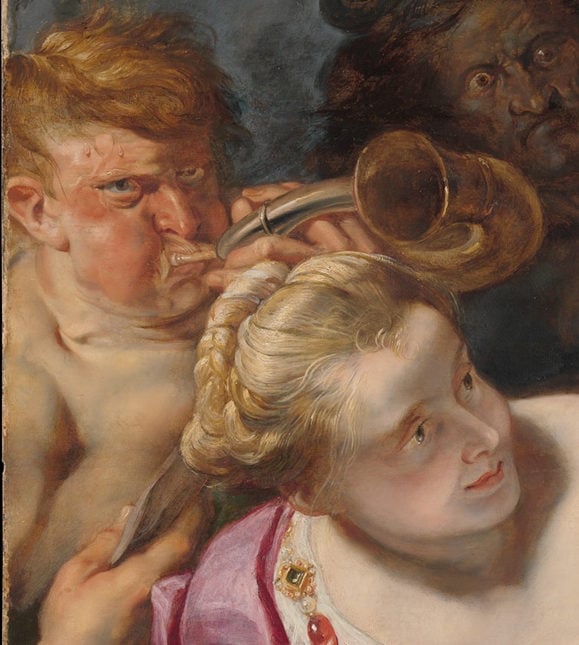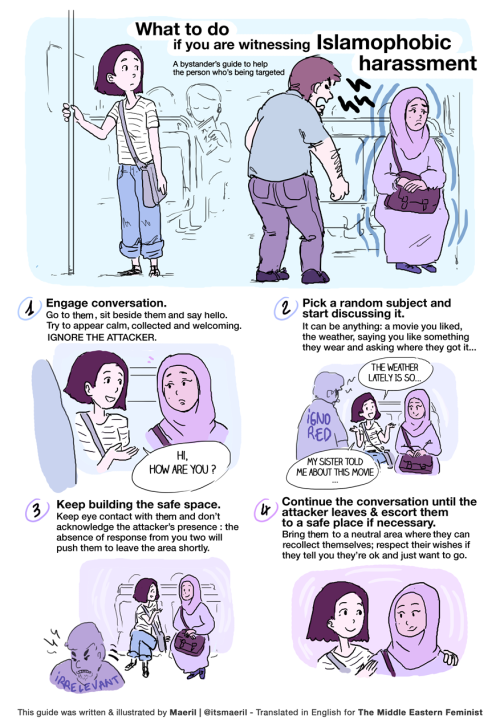Art World
The Art World’s Social Media Reaction to the Election of Donald Trump
Expressions of disbelief and frustration joined calls for solidarity.

Expressions of disbelief and frustration joined calls for solidarity.

Sarah Cascone

Donald Trump’s unexpected victory over Democratic nominee Hillary Clinton defied the pollsters and has left much of the country reeling in shock. As was to be expected, the liberal bastion that is the art world is taking Clinton’s defeat particularly hard. Here’s what artists and prominent persons in the field are saying on social media in the aftermath of the election.
German artist Wolfgang Tillmans reacted on Instagram with an image of the Statue of Liberty crying. Vik Muniz, a Brazilian artist who splits his time between his native country and Brooklyn, posted a black void on Instagram, reflecting the sense of despair and hopelessness felt by many Clinton supporters in the wake of her defeat, and art critic Jerry Saltz shielded his eyes from the results.
American artist Daniel Arsham quoted John F. Kennedy’s 1963 Civil Rights Announcement in his Instagram, writing, “The heart of the question is whether all Americans are to be afforded equal rights and equal opportunities, whether we are going to treat our fellow Americans as we want to be treated. We preach freedom around the world, and we mean it.”
Disbelief was widespread, given that Clinton’s lead in pre-election polls left most experts giving her at least a 70 percent chance of victory.
Trump’s divisive comments throughout the campaign, coupled with a damning hot-mic video that surfaced in October in which the candidate made remarks about how he was able to sexually assault women due to his fame, had left many convinced that his shot at the presidency was over.

Karl Haendel, Unfinished Obama (mirrored), 2016. Courtesy of Wentrup Gallery, Berlin.
For some, it seemed the end of an era.
Berlin’s Wentrup Gallery emailed artnet News a picture of Karl Haendel’s Unfinished Obama (2016), a melancholic, incomplete drawing of the outgoing president that, according to the gallery’s statement, “can be understood metaphorically when we see the late president coming to terms with what he aimed to achieve and what remains left to accomplish.”

Maeril, What to do if you are witnessing Islamaphobic harassment (2016). Courtesy of Maeril.
Others promoted action. In preparation for a potential increase of hate speech against Muslims, artist Jennifer Dalton shared a illustrated guide to dealing with Islamophobic harassment, created by illustrator Maeril in the wake of Brexit, on Twitter.
Molly Crabapple announced that she would be attending a hastily organized Black Lives Matter protest, “We Stand Together: Reject Misogyny and Racism and Embrace Each Other,” at Columbus Circle in New York at 4:30 p.m. on November 9. Zoe Buckman posted word of another gathering scheduled to take place later in the evening in New York’s Union Square.
“For many months, the American people were plagued by allegations and scandals, and today we see the results,” Mana Contemporary president Eugene Lemay told artnet News in an email. “We will continue to assist those artists looking to make a statement and do our part to hold Mr. Trump accountable for his actions.”
Art journalists were also quick to express their disappointment with the election results. ARTnews co-executive editor Andrew Russeth took to Twitter with thematically appropriate works by Philip Guston and Faith Ringgold.
The sense that our nation is deeply divided was echoed by many in the art community.
“There is no way around this,” said art writer Rebecca Solnit on Twitter. “This is horrible. Draw together with people you love, work hard at making spaces, times, networks in which our ideals and values prevail, reach out for the vulnerable, and pitch your tents big, because this ugliness is all about exclusion and narrowness and not wanting to deal with people who are different.”